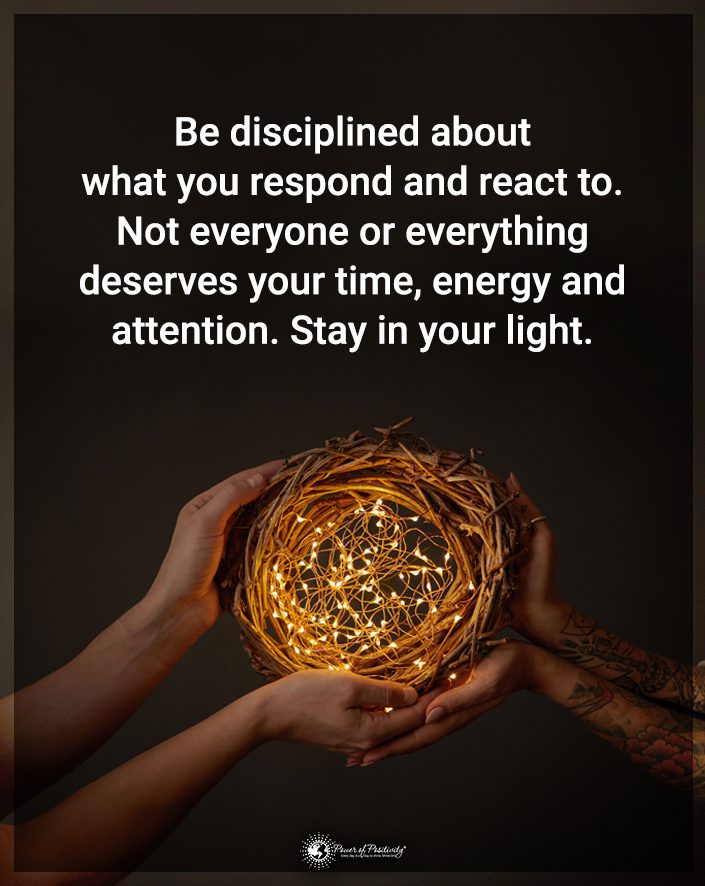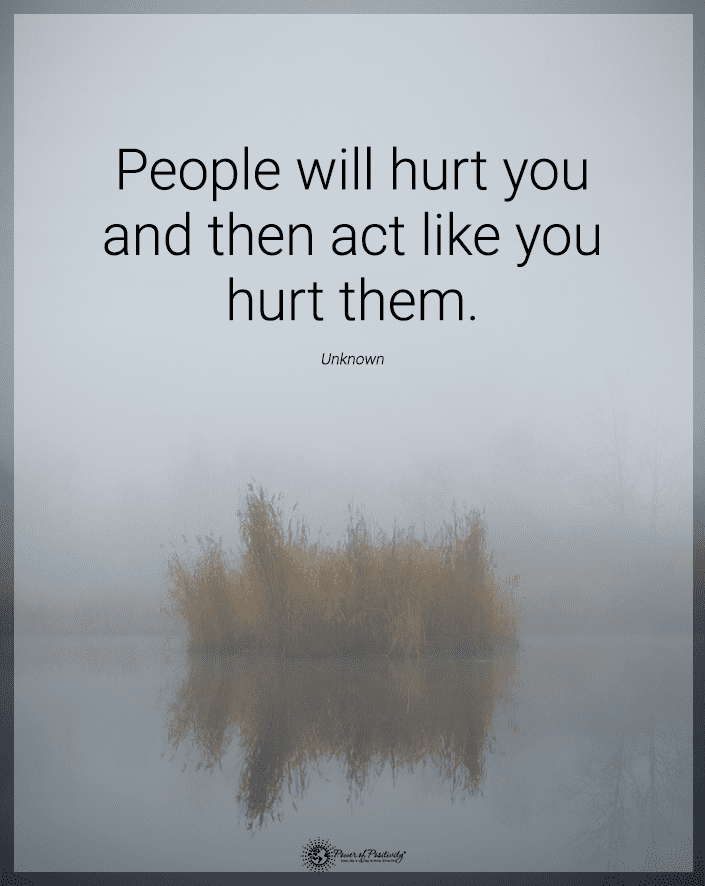When the toxicity gets to be too much, remember these facts.
We all live in a world with a wide range of people with unique personality traits – and shortcomings. That makes it essential to understand why some people develop toxic behaviors. Perhaps more importantly, we must understand why they then project their toxicity onto others.
This article will help you better understand the psychology behind such toxic behaviors. It will also help you realize why they may behave so badly. But why does that matter to you? A little empathy might help them get on the right track.
Understanding the Bad Behaviors of Toxic People
Toxic behavior is a term we often use in casual conversations, but we may not pause to understand exactly what it means fully. The terminology refers to those actions and attitudes that can harm or negatively impact the well-being of those around them.
The behaviors are many. But they can include the following:
Subtle manipulative behaviors
Here’s a hypothetical example. Imagine you work with a colleague called Jane. She often notices and compliments you for all your hard work. But then she uses that flattery to trick you into taking on her share of the company’s workload. While it’s disguised as kindness, she’s actually manipulating you.
Overt aggression
Let’s look at another hypothetical scenario. John, your co-worker, often raises his voice and bullies other team members when they make minor mistakes. He openly threatens to report co-workers to the manager, thus threatening his teammates’ source of income. John uses aggression and fear to manipulate people. But he does tend to get his way in the workplace.
On the surface, these seem like pretty mean people. But if you could peel their behaviors back like an onion, you would likely find many personal struggles and psychological issues.
What Causes Toxic People to Behave This Way?
Toxicity is usually an incredibly complicated issue. We’ll look at some hypothetical toxic people and their projections to illustrate each point. Here are a few factors that might explain the “why” of such unacceptable behaviors:
Toxic people are insecure and have low self-esteem
Often, people who exhibit toxic behavior battle deep-rooted insecurities. They also have a pervasive sense of low self-worth. These negative behaviors, such as overly critical comments or sarcastic remarks, can secretly be a shield to protect their fragile self-esteem.
For instance, Emily is insecure about her professional achievements. To cover her insecurity, she frequently undermines her more successful colleagues. She may do this not to diminish their accomplishments but to cover up her inadequacies – real or perceived.
Toxic people and past traumas
Traumatic past experiences can play an enormous role in shaping current toxic behaviors. Individuals with unresolved traumas might unconsciously project their internal conflicts onto others.
For example, David was neglected in his childhood. Today, he destroys relationships with his clingy or overly suspicious behavior when he meets someone new. This projection is a way to cope with deep-seated fears and anxieties rooted in past experiences.
Toxicity means a need for control
For some, exhibiting toxic behavior is a means to exert control, often stemming from a sense of helplessness in other areas of their life. This need for control can manifest as micromanaging in the workplace or extreme possessiveness in personal relationships.
Take Sarah, who feels out of control in her personal life. She learned to be overly controlling at work, imposing strict rules and monitoring her team’s every move. This behavior is how she compensates for her feelings of vulnerability elsewhere.
Toxic people and environmental influences
The environment one grows up in, including family dynamics, societal pressures, and cultural norms, significantly impacts the development of toxic behaviors. These behaviors are often both internalized and normalized over time.
An example of this is Alex, who grew up in a family where parents often resolved conflicts through yelling. In that case, Alex might adopt this behavior unconsciously, believing it to be a normal communication method. The learned behavior reflects the environmental influences that shaped his understanding of interaction and conflict resolution.
The Projection of Toxicity
Projection is a psychological defense mechanism. During this process, toxic people transfer their unwanted feelings, thoughts, or traits to another person.
The concept of manipulation in close relationships has been studied extensively. That included looking at its connection with different personality traits. Research conducted by the University of Michigan and published in the Journal of Personality identified twelve manipulation tactics used in close relationships.
They also linked these manipulative tactics to five major personality dimensions. As a result, they connected how individual traits influence the use of specific manipulative behaviors. The study’s findings highlight the complexity and variety of manipulation in interpersonal relationships, underscoring the importance of understanding personality factors.
This research can provide valuable insights into the behaviors of toxic people. These primarily include blaming others, judging and criticizing, and manipulating relationships. By understanding the psychological underpinnings of these behaviors, we can better navigate and address the challenges posed by toxic relationships.
Here are three ways toxic people might project their toxicity:
Blaming other people for their setbacks
Toxic individuals often blame others for their shortcomings or failures. This projection is a way to avoid facing their issues. It helps them completely avoid responsibility or fixing their setbacks.
Judging and criticizing
Persistent judgment and criticism towards others can be a projection of their internal self-criticism and dissatisfaction.
Manipulating relationships
Toxic people might manipulate others to fulfill their needs. Thus, they frequently project their insecurities and desires onto those around them.
How to Deal with Toxic People Effectively
Toxic people present a challenge – you want to understand or help them. But it would be best if you did so in a way that doesn’t trap you in their negativity.
Some find it easier to disassociate themselves from the toxicity. But that might be nearly impossible in some situations (like within a workplace).
Setting boundaries with toxic people
Establishing firm boundaries is essential when you are dealing with a toxic person. For example, imagine John, who limits communication with a co-worker who belittles him often. John communicates very clearly what behavior he won’t tolerate. He also limits interactions strictly to professional necessity. This decision was wise, as it safeguards his emotional well-being when dealing with the toxicity.
Practicing empathy
Understanding the reasons behind toxic behavior doesn’t excuse it. However, it can help someone take a more empathetic approach.
Consider Lily, who realizes her friend’s constant barrage of critical comments stems from an unresolved insecurity. By understanding this, Lily can approach interactions compassionately while maintaining her boundaries.
Seeking support when dealing with someone’s toxicity
If toxic behavior impacts you deeply, it’s important to seek support. In the worst cases, a support network may be a significant other, a friend, or even a professional counselor.
Take the case of Sam, who feels overwhelmed by a family member’s manipulative tendencies. Sam reaches out to friends to ask for support. While Sam’s friends are concerned, they can’t offer much guidance. Eventually, Sam seeks the help of a therapist for guidance and support. This network can provide the necessary perspective and coping strategies to handle the situation effectively.
Self-care is essential when coping with toxicity
Dealing with toxic people is stressful – physically, mentally, and emotionally. Spending time after dealing with their behaviors is helpful to decompress and look after your needs. You might like exercise, journaling, or saying affirmations. You do whatever helps you reclaim your positivity.
Maria has a close family member constantly belittles her, making her feel small. She knows the person started doing this to feel better after a traumatic incident. While somewhat puzzled by this behavior, she tries her best to be kind. The person’s hurtful words leave her incredibly frustrated. But she has a good way to cope. After interacting with this family member, she runs three miles to “sweat out” the anger that builds up. It works like a charm for her!
Note: Alex, Lily, Sam, and Maria are not real people. Instead, they are merely hypothetical examples to illustrate these strategies.
Final Thoughts: Toxic People Project Toxicity, But You Can Counter Their Tactics
Understanding the roots of toxic behavior is the first step toward healthier relationships and creating more compassionate environments. It’s important to approach this topic with kindness. It’s also helpful to desire to understand rather than judge that other person.
Change starts with awareness. And awareness starts with an often difficult but necessary conversation.
When you explore the complexities of human behavior, we can create a more empathetic, kinder, and supportive community where positivity and mental well-being are at the forefront.
Let’s leave this with some food for thought: What will you do the next time you have to deal with a toxic person?

















 Community
Community

